1250 km of turquoise waters, splendid corals, exotic fish, and windswept beaches. Monasteries, arid hills, mountains, and ancient ports long forgotten, welcome to the Red Sea and Eastern Desert.
Due to the size of the Red Sea Governorate and the Eastern desert, this guide is going to be split into two parts: the Coast and the Eastern Desert. The Eastern Desert can be found here.
The Red Sea Coast
From Suez to the Sudanese borders stretches the Red Sea coast, over 1000 km of some of the richest waters in marine life and corals. Since Ancient times its ports were the starting point for southern expeditions to Africa and port-of-call for traders and pilgrims from as far away as Asia.
The Red Sea and the Eastern Desert offer the most out of all the governorates of Egypt, Monasticism started here; there are dive safaris, camel and Jeep safaris into the desert, trekking in the mountains, prehistoric rock art, and a very photogenic camel market at the southernmost Egyptian Red Sea in Shalateen.
The Red Sea: Eastern Desert can be found here.
Al-‘Ain Al-Sukhna (the Hot Spring)
Arabic for “hot spring” was named after the nearby sulfur springs. The springs originate at Jebel ‘Ataqa (Mount ‘Ataqa), the northern most mountain in the Eastern Desert. Sukhna town is close enough to Cairo, Giza and Suez for a day-trip, this popular Egyptian weekend town has spectacular beaches on the Gulf of Suez. Al-Ain Al-Sukhna has Coral reefs, Dolphins, fishing and water sports. It has some of the best hotels and resorts on the Red Sea.
Hurghada (Al-Ghardaqah)
A once small fishing village, Hurghada has transformed into one of Egypt’s most popular resort towns and tourist destinations.
Hurghada has become an international centre for aquatic sports like windsurfing, kiting, sailing, deep-sea fishing, swimming, and above all snorkelling and diving. The offshore reefs are considered some of the finest in the world. The warm waters here are ideal for many varieties of fish and coral, which may also be observed from a glass bottom boat.
The city provides a gateway to diving sites throughout the Red Sea, owing to its central location. In addition, Hurghada is known for providing access to many uninhabited offshore reefs and islands.
Safaga
53 km south of Hurghada, Safaga is reputable for its unpolluted atmosphere, black sand-dunes and mineral springs. It has a small but thriving tourism industry, specialising in scuba diving. It is especially popular with kitesurfers and windsurfers.
The black sand dune beaches characteristic of Safaga is a favourite spot for sun bathers. The sea water is known to be highly saline and rich in minerals which are beneficial for the skin, and it is a popular curative destination in the Red Sea Riviera.
Safaga is also home to some of the most outstanding diving of the Red Sea, with the bay’s chain reefs of Tobia Arbaa, and the impressive walls of Panorama and Abu Qifan towering reefs, where often big pelagics such as tunas, sharks and mantas can be spotted.
Al-Qusayr
Arabic for “small palace” is an approximately 5000 year old Egyptian port city lying along the Red Sea. Its ancient Roman name was Leukus Limen (White Harbour). Back in Pharaonic times, it was the launching point for boats sailing to the Land of Punt; it was from here that Hatshepsut’s famous expedition depicted at her temple in Al-Deir Al-Bahari embarked on one of the oldest discovery expeditions into Africa.
While under Muslim rule it was the largest port in the Red Sea until the 10th century, and remained a major transit point for pilgrims heading to Mecca well into the 19th century. Among the sights in the town is a 16th century Ottoman fortress, a quarantine hospital built by Sultan Selim II to screen pilgrims, and Faran Mosque built in 1704. On Fridays the two major Bedouin tribes in the Eastern Desert flock into town for the weekly market.
Marsa Alam and Berenice
Marsa Alam is situated near the Tropic of Cancer where the Arabian Desert meets the Red Sea, and it has the appearance of a tropical paradise with its palm trees, mangroves and sea coasts fringed with barrier coral reefs. It has already gained a strong reputation amongst scuba divers due to its numerous and unspoilt diving sites both along the coast and offshore. Sightings of spinner dolphins, dugongs and hammerhead sharks are a frequent occurrence for those who venture into its waters.
Berenice is an ancient seaport of Egypt on the Red Sea coast. It was founded or certainly converted from a village into a city, by Ptolemy II (285 BC—246 BC), who named it after his mother, Berenice I of Egypt.
Built at the head of a gulf, the Sinus Immundus, or Foul Bay, of Strabo, it is sheltered on the north by Ras Benas. A lofty range of mountains runs along this side of the African coast, and separates Berenice from the Nile Valley. A temple of Semiramis has been discovered in the area in 1818 CE.
Shalateen and Halayeb
The farthest south of the Red Sea coast, it has some of the best dive sites in the Red Sea, although it is not easily accessible, it also connects with the Jebel Elba National Park.
Bir Shalateen further inland has a very famous Camel market that attracts Bedouins from Northern Sudan and from Halayeb triangle.

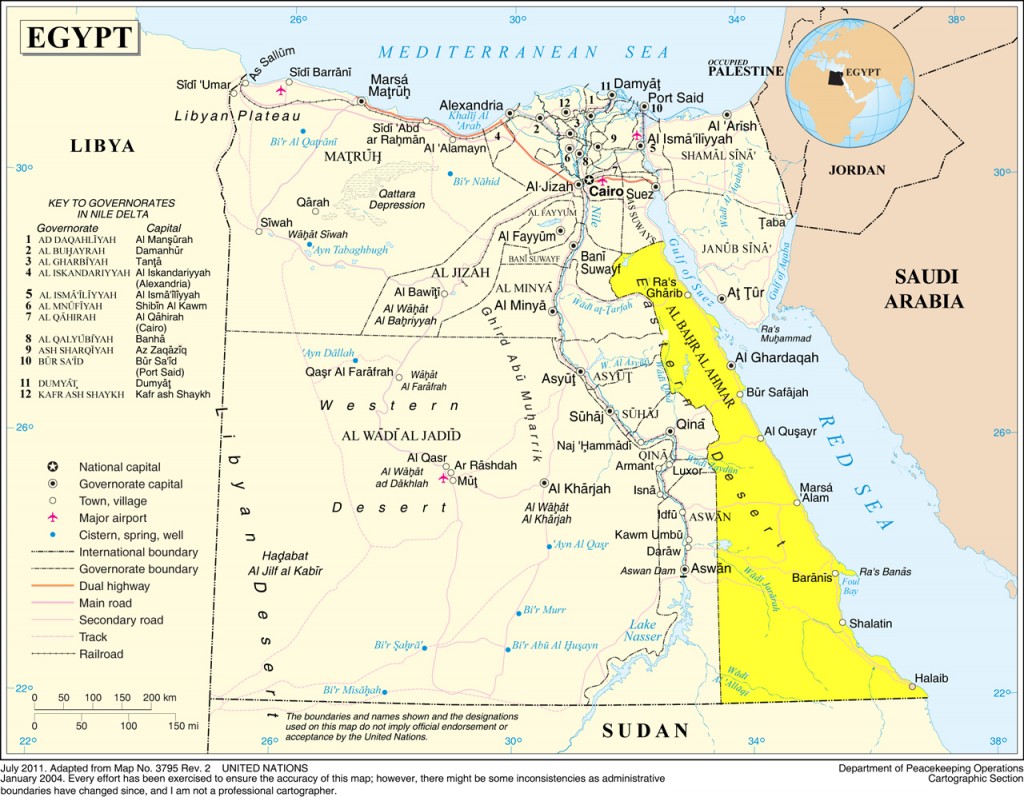
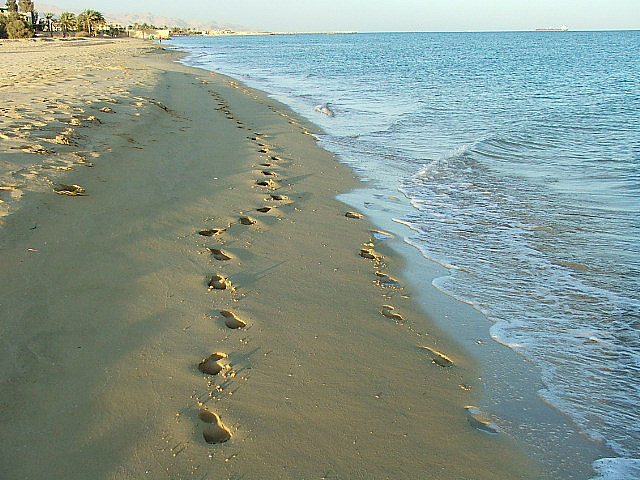
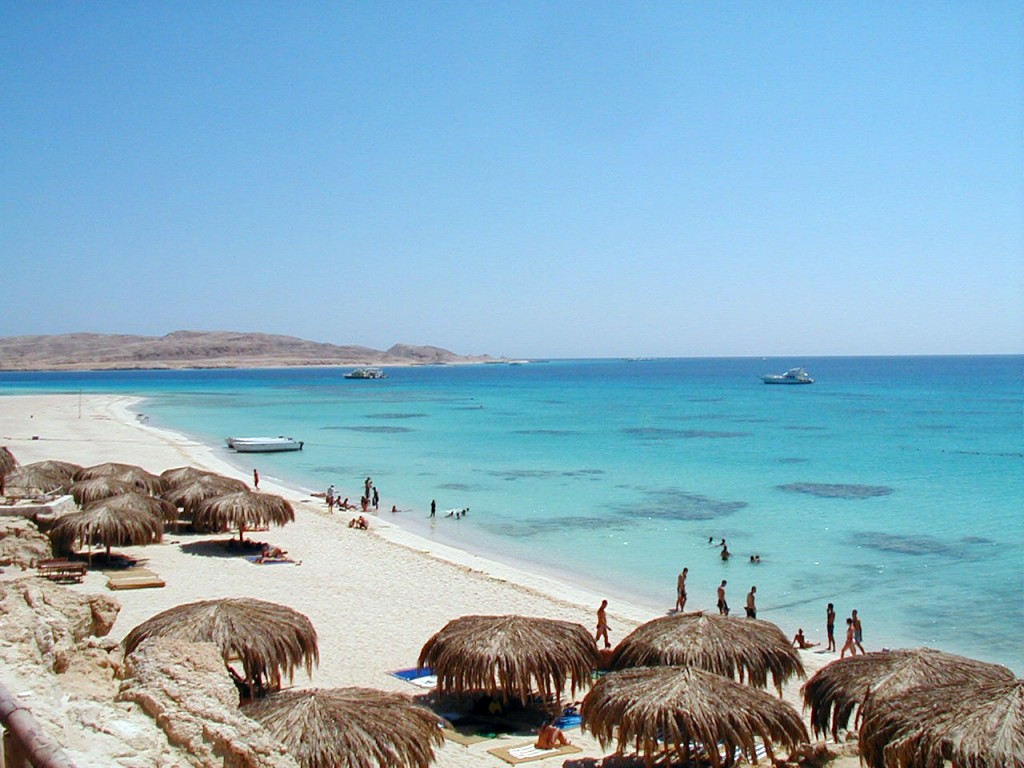

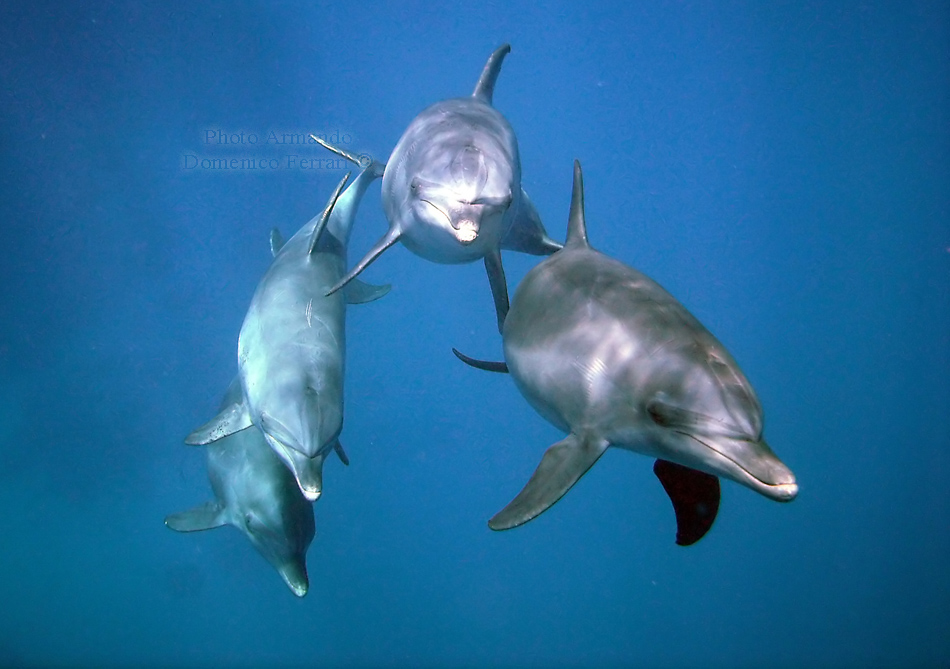
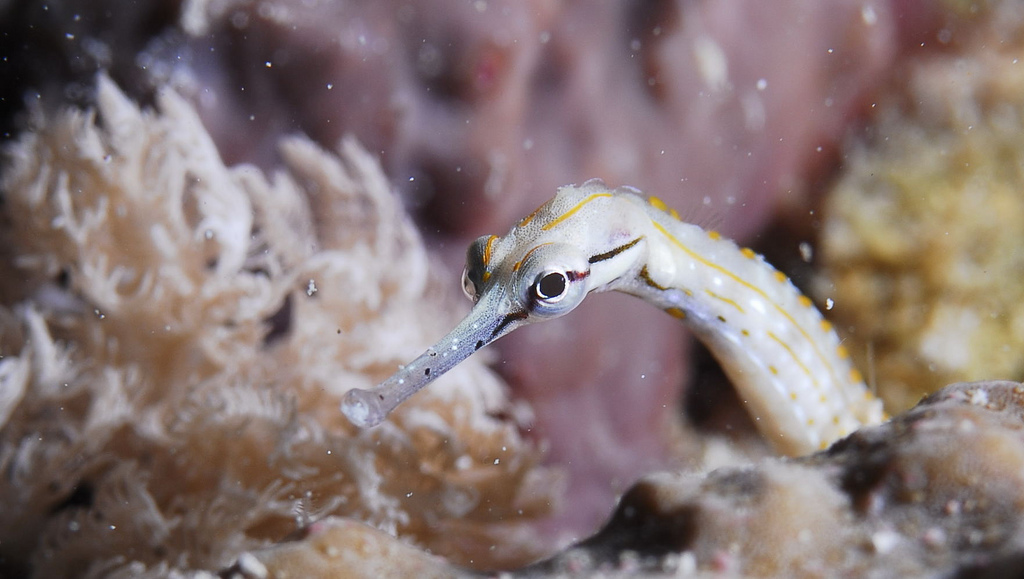
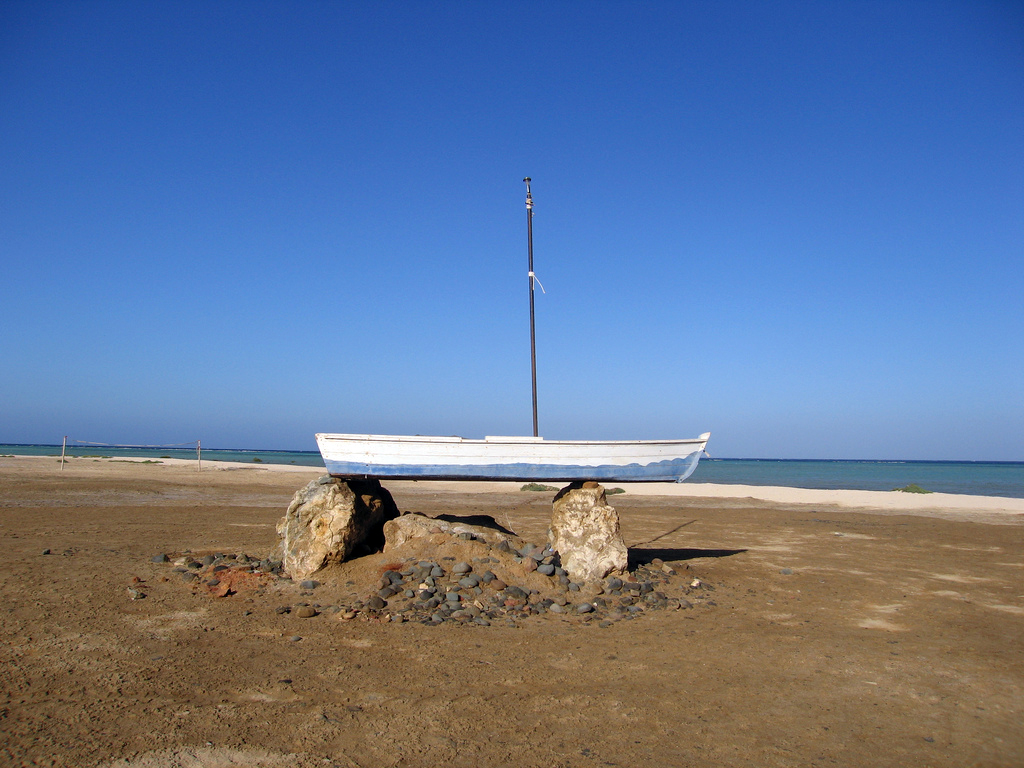
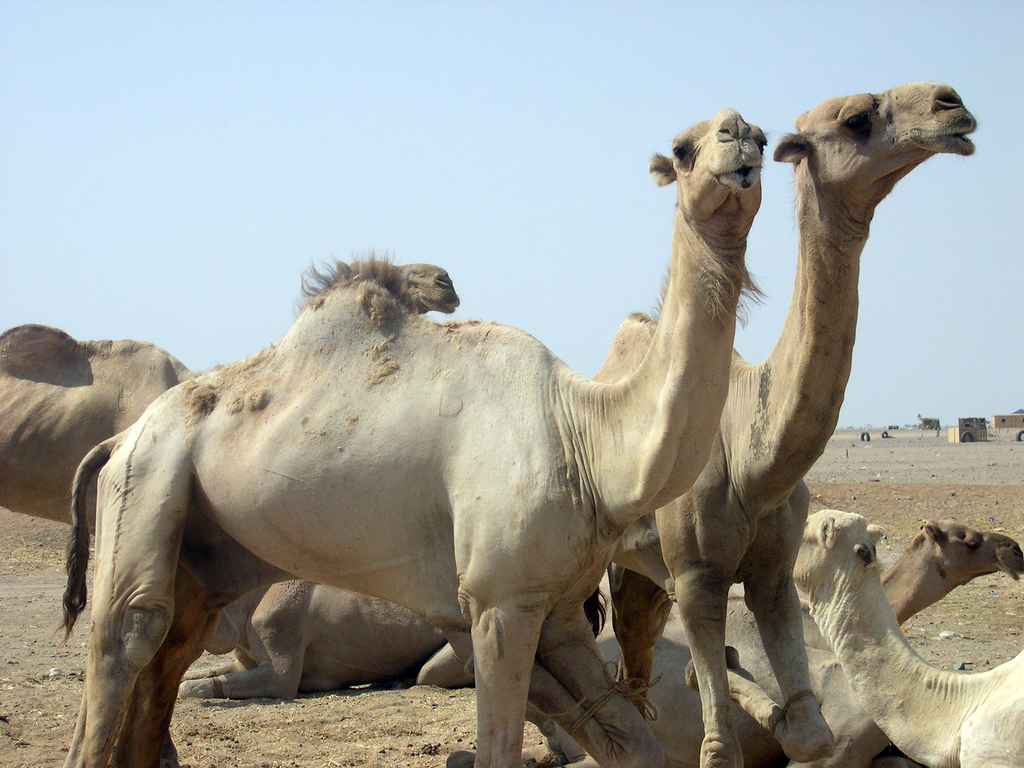








Trackbacks for this post